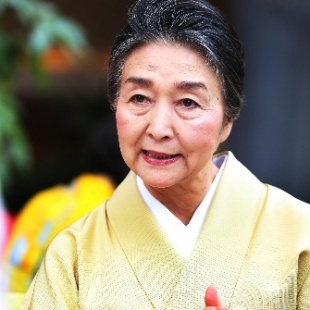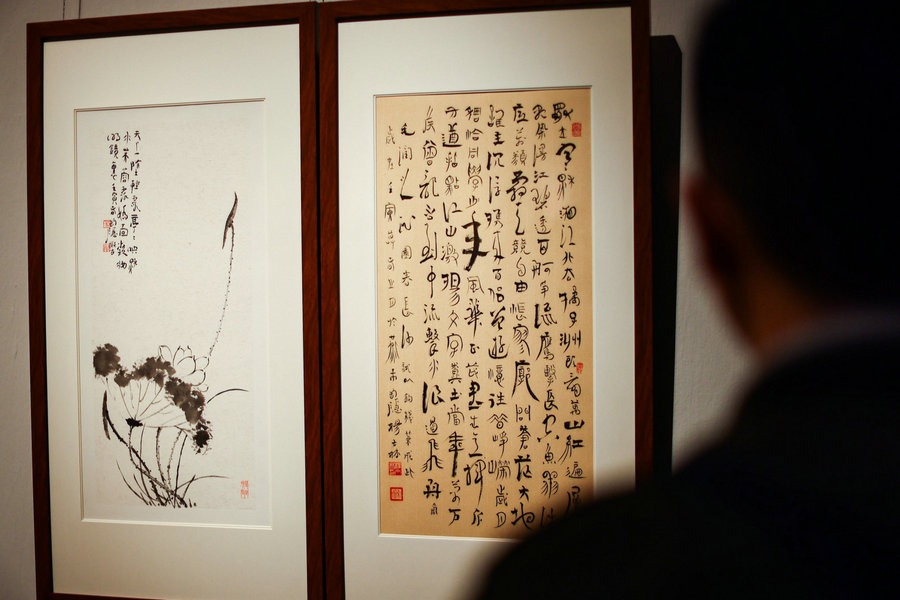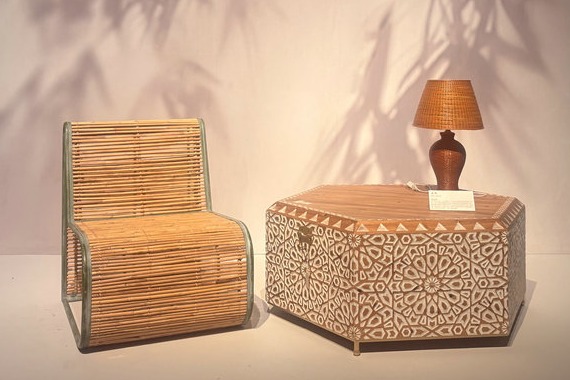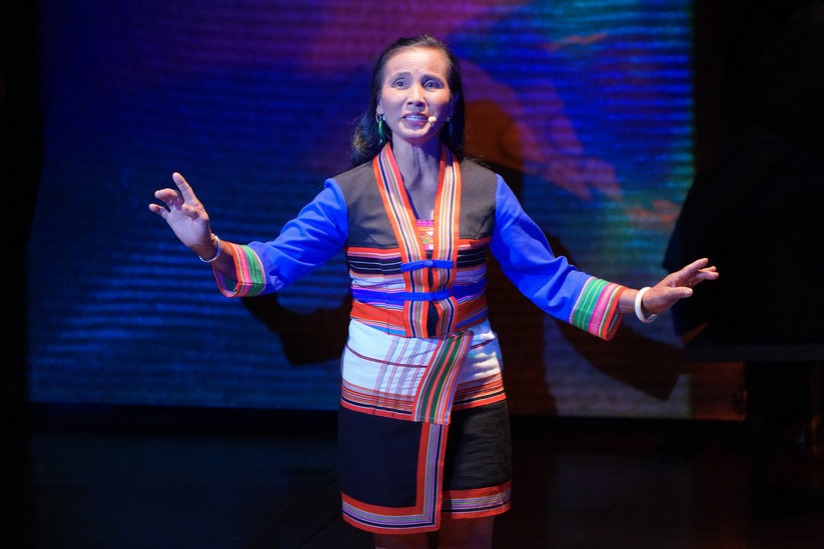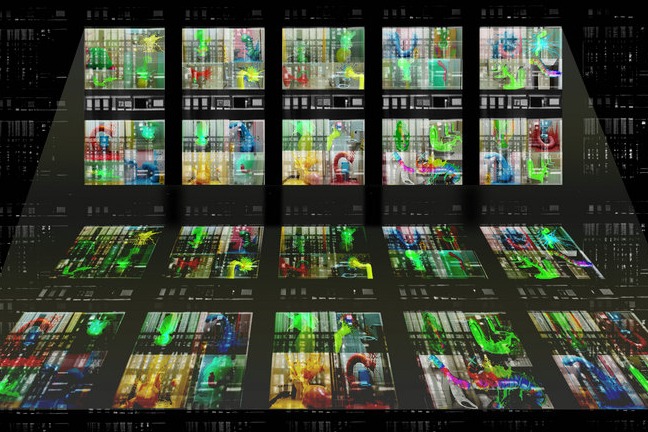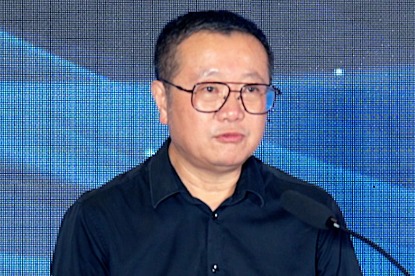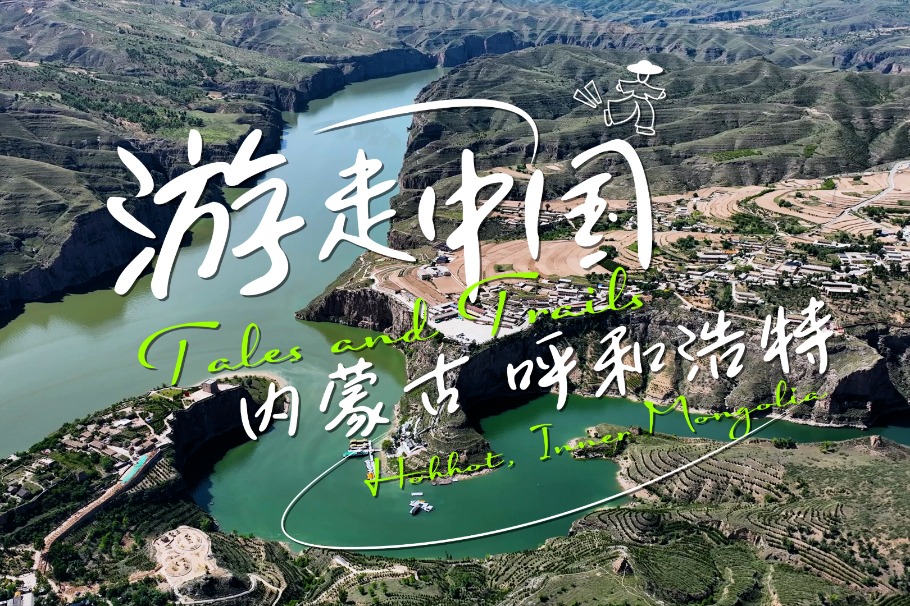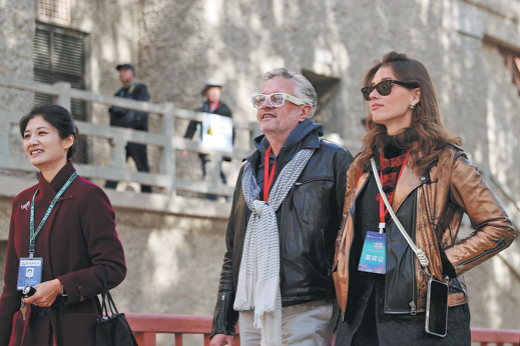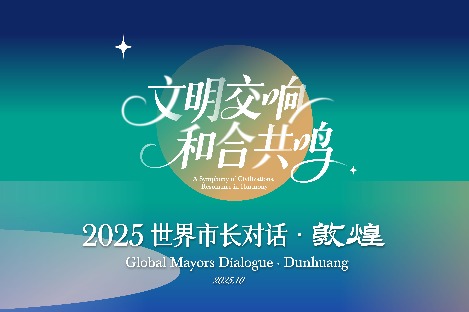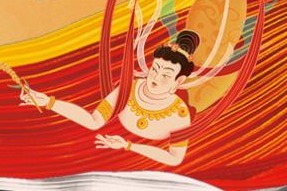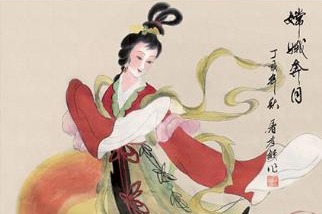Deep cuts that are all in the family


Yukiko Takahashi was wearing a goose yellow kimono when I met her in a Beijing hotel lobby recently, and as I looked she seemed like just the kind of person who would appreciate the beauties of Chinese porcelain, calligraphy, pot culture and seal carving.
So when she let on to me that at heart she was not that enthusiastic about Japanese woodcut prints, I was taken aback. It was all the more surprising given that she was born into a family of artisans.
"I'm the youngest of 10 siblings, and not once since I was a child has my father asked me to inherit the family business," Takahashi said. "Rather, he guided me in looking for beauty in everyday life."
Takahashi says she does not see ukiyo-e as art but as a way for people to share information and to pursue fashion. Ukiyo-e is also a way of preserving and inheriting ancestors' works, skills and sprits, she says.
The Takahashi family workshop dates back to the late 1850s, during Japan's Ansei Era (1854-60). The advent of the Reiwa Era in May took the workshop into its 10th era.
"For my grandparents ukiyo-e was simply a way of making a living. There were also lean times when there was no work. I'm happy to see new ukiyo-e works that feature modern elements such as animation characters; that's how contemporary people pursue fashion."
"We've had plenty of young people who have become apprentices in our workshop, but few have lasted very long, because ukiyo-e making is now regarded as humdrum ordinary and uncool".
Takahashi is the president of Tokyo Traditional Woodblock Print Association and in that role has been to Europe, the United States and Southeast Asia promoting cultural exchange and attending exhibitions.
"Ukiyo-e is widely known in Europe and the US, but I have no idea what Chinese audiences would think of it. I hope they enjoy the exhibition at the 798 Art Zone, after all, ukiyo-e ultimately comes from China."
Takahashi says that her personal preference is for like sumi-e, ink-wash prints, better, because like Chinese calligraphy they are plain and simple.
"It's why I also like calligraphy - because it's black and white."
Takahashi says she first came to China 20 years ago, with an exchange group that traveled to Xi'an, Shaanxi province.
"The lasting impression that both Xi'an and Beijing have left on me is that because of China's very long history Japan has learned a lot from it."


